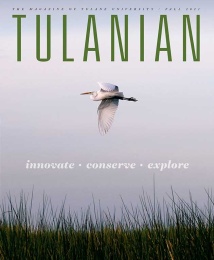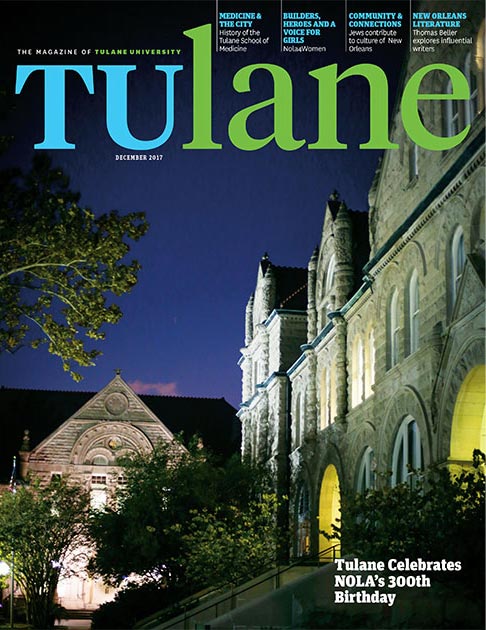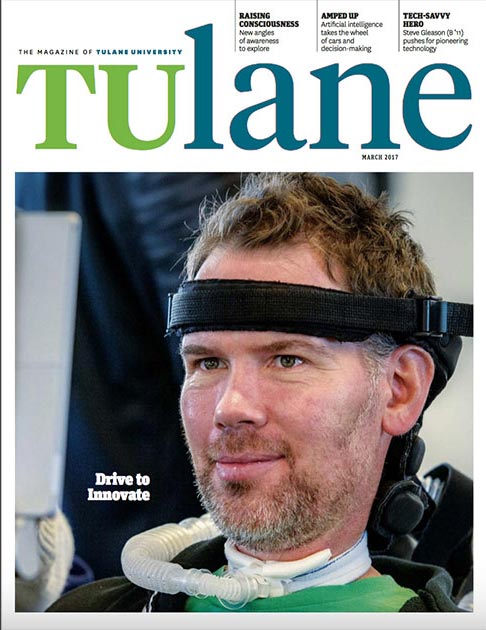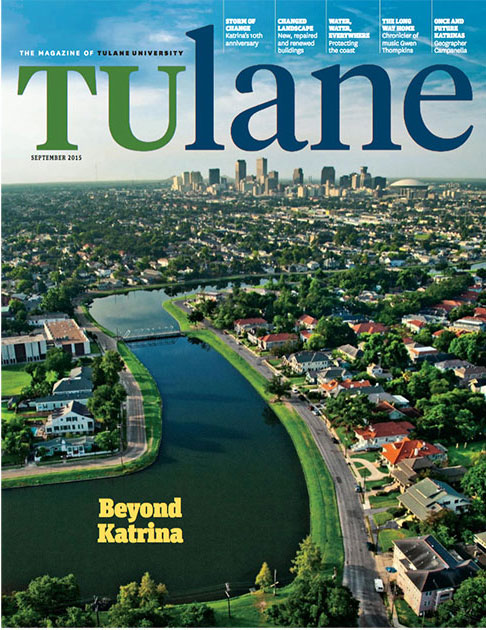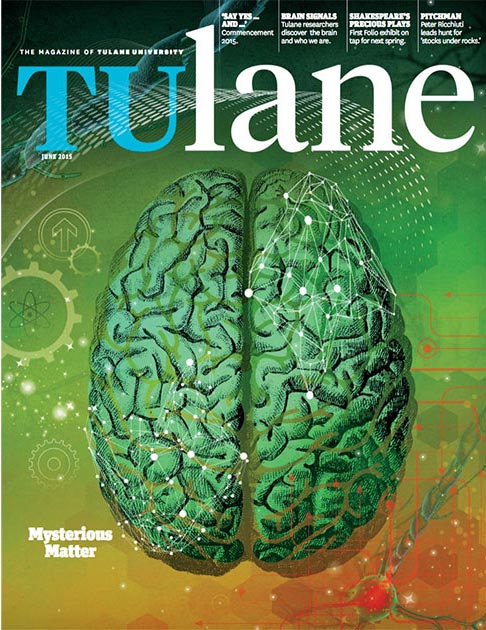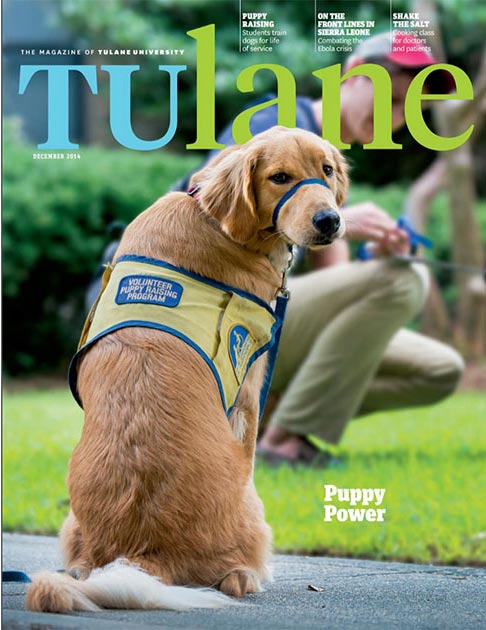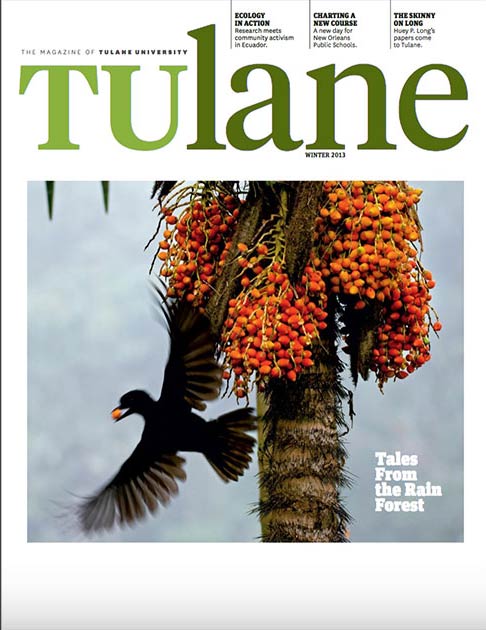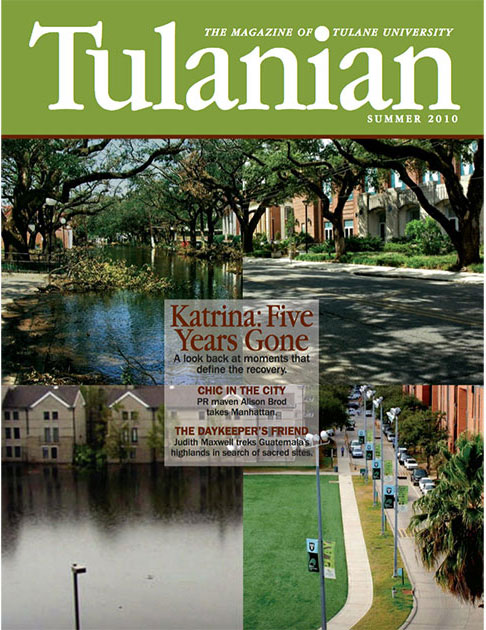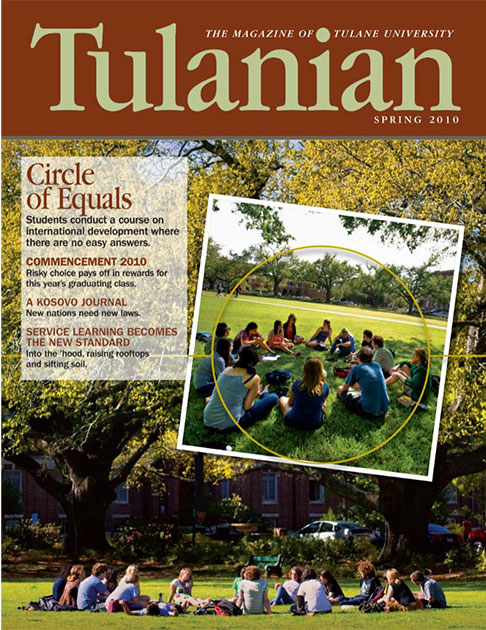The Tulane National Primate Research Center, one of the nation’s longest-running National Institutes of Health-funded research programs, was renamed the Tulane National Biomedical Research Center in October to better reflect the breadth of research conducted at its Covington, Louisiana, campus as well as its growing contributions to public health.
“For more than six decades, the Tulane National Primate Research Center has played a central role in addressing our nation’s most urgent health challenges and has a well-earned reputation as a global leader in improving human health through the discovery of causes, prevention, treatments and cures,” Tulane President Michael A. Fitts said. “As science has evolved through the decades, so have the scope, scale and approaches of the center. Clearly the center has entered a new and exciting chapter — one that is part of Tulane’s rise in all aspects — and one that requires a new name, as well.”
The center has been funded by the National Institutes of Health (NIH) since 1964, making it Tulane University’s largest and longest-running NIH grant. It receives about $35 million in NIH support anually, partners with nearly 500 investigators from 155 institutions worldwide and contributes more than $107 million each year to the Louisiana economy. And, with over 350 employees, the center is one of St. Tammany’s largest employers.
The newly named Tulane National Biomedical Research Center houses one of only seven National Primate Research Centers in the country and one of 12 Regional Biocontainment Laboratories, with the distinction of also maintaining a federally regulated Select Agent Program. Together, these programs make the center a cornerstone of the nation’s biomedical research infrastructure and a vital partner in preparing for future health challenges. This change also ensures the center is leveraging its advantages and strengths to seek out additional partners and continue to expand its research.


















